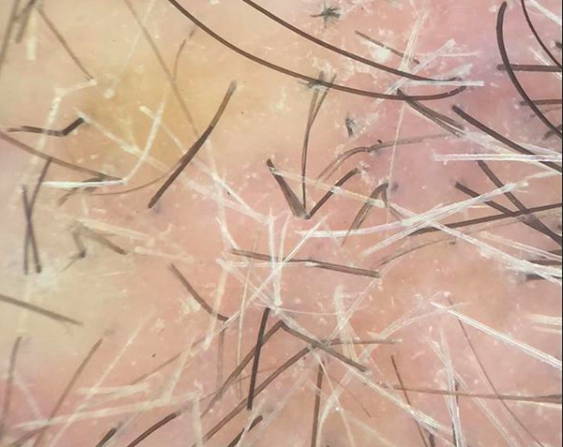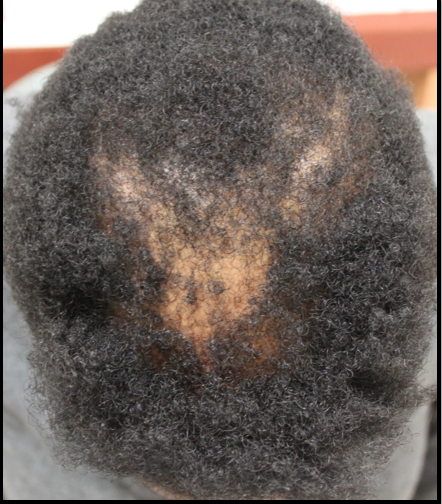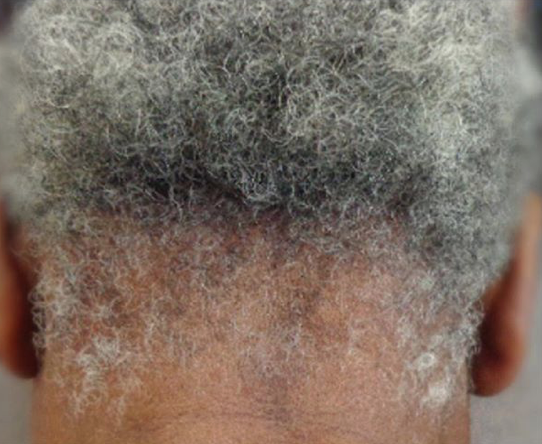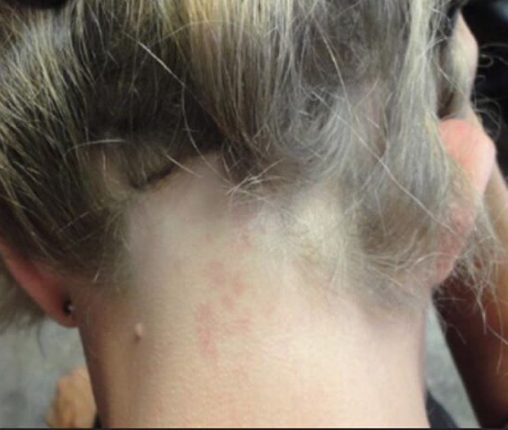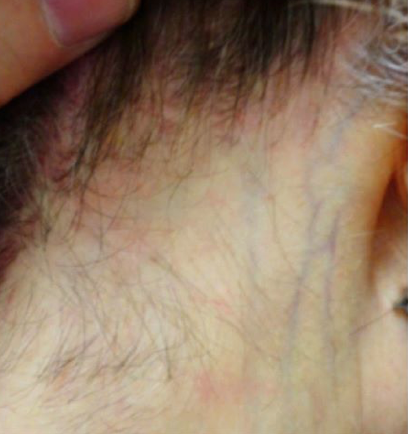Trichotillomania: Scalp Health & Emotional Health
Scalp Health & Emotional Health
Trichotillomania is an impulse control disorder whereby patients pull out their own hair. Many have underlying psychological or emotional issues including stress, anxiety, depression and obsessive compulsive disorders.
Treating or addressing the underlying psychological component is often most helpful in treating more chronic cases of trichotillomania. However, reatment of the inflammation, papules and pimples (ie acneiform eruptions and pseudofolliculitis) that accompany trichotillomania can also be important and helpful to patients. Chronic plucking and pulling of hairs leads to damage to hairs, inflammation and a resultant “itch-scratch-itch” cycle which is tough to stop.
In 2011, Oon and Lee published an interesting study showing that managing the actual dermatological issues can help a bit - irrespective of any focus on the underling psychological issues. The authors showed that use of topical steroids, topical and oral antibiotics reduced symptoms of itching and assisted with hair regrowth. Treatments included topical clobetasol, topical clindamycin, erythromycin, topical betamethasone, selenium sulphide shampoos, coal tar shampoos, oral doxycycline. These patients were not on antidepressants or antipsychotics.
The accompanying photo here shows a typical patient with trichotillomania. There are many broken and distorted hairs which has given rise to chronic inflammation - some of which has caused scarring to also occur.
This is a nice study which reminds us that focus on both the dermatological and emotional issues are both important in treating trichotillomania.
Reference
Hazel H Oon and Joyce SS Lee. Treatment of Pseudofolliculitis in Trichotillomania improves Outcome. Int J Trichology. 2011 Jul-Dec; 3(2): 92–95.
This article was written by Dr. Jeff Donovan, a Canadian and US board certified dermatologist specializing exclusively in hair loss.

